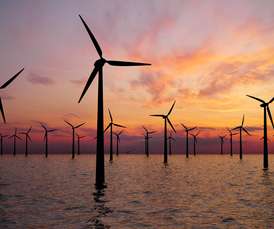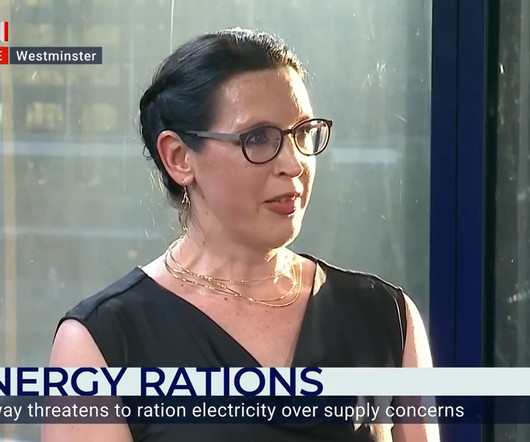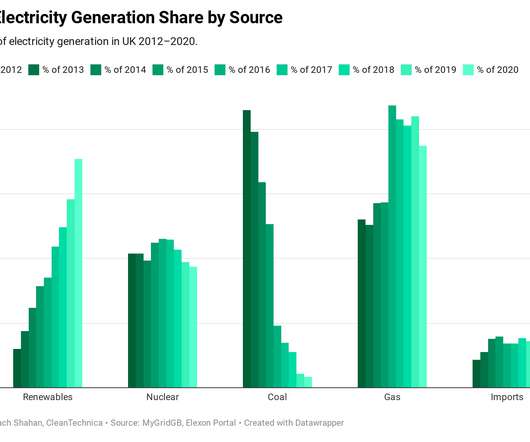Highlights From The BP Statistical Review Of World Energy 2021
R-Squared Energy
JULY 26, 2021
The remainder of global energy consumption came from coal (27.2%), natural gas (24.7%), hydropower (6.9%), renewables (5.7%), and nuclear power (4.3%). Cumulatively, fossil fuels — shown below in shades of gray — still accounted for 83.1% Renewables and Nuclear Power. share of all energy consumption.
















Let's personalize your content